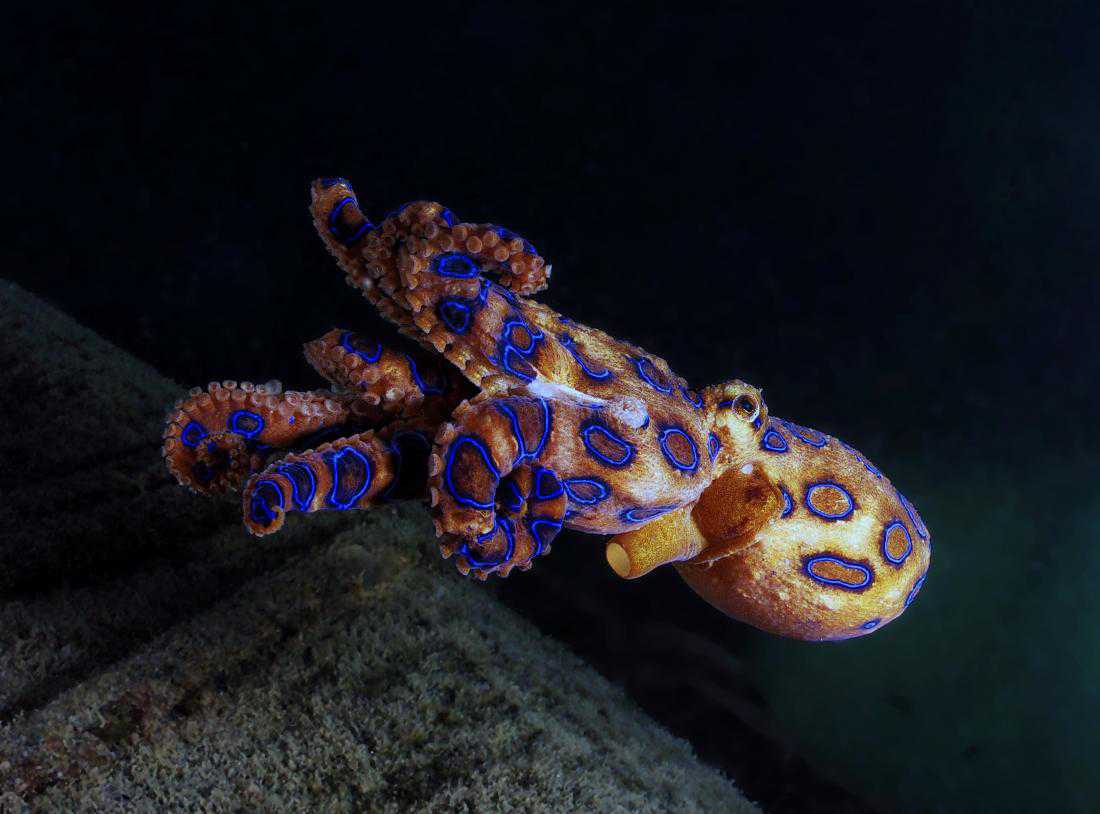How a lethal toxin might help in the opioid crisis
15 June, 2019

With the opioid crisis in the spotlight, scientists are searching for new ways to tackle pain. One group has turned its attention to a lethal toxin that occurs naturally in some marine creatures. The latest study in rats provides encouraging results.
Opioids are a range of drugs that act on opioid receptors to quickly relieve pain.
Although they are effective and safe when people use them correctly, they are highly addictive.
According to the Centers for Disease Control and Prevention (CDC), in the United States in 2017, two-thirds of drug overdose deaths involved an opioid.
In the same year, 47,000 people died due to opioid overdoses, and prescription opioids played a role in 36% of these deaths.
According to the National Institute on Drug Abuse, in 2017, 1.7 million people in the U.S. had "substance use disorders related to prescription opioid pain relievers."
The statistics above underline the urgent need for a nonaddictive but still effective replacement for opioids.
Dr. Daniel Kohane, Ph.D., recently led a study by a group of researchers from Boston Children's Hospital in Massachusetts who believe that they might have found the solution in a lethal ocean-derived toxin. The scientists published their most recent findings in the journal Nature Communications.
Tetrodotoxin on trial
Several different sea creatures, including pufferfish and blue-ringed octopuses, contain tetrodotoxin. This toxin blocks sodium channels, preventing nerves from carrying impulses.
Following ingestion, it can cause symptoms that include headaches, vomiting, and a tingling sensation in the tongue and lips. If a person consumes enough of it, it can lead to respiratory arrest and death.
Tetrodotoxin is roughly 1,200 times more toxic than cyanide, which, perhaps, makes it an unlikely candidate to treat acute pain.
Dr. Kohane has been interested in the therapeutic potential of this toxic compound for some time. Medical News Today recently asked him why tetrodotoxin interested him, and he said:
"Tetrodotoxin and compounds like it are very potent local anesthetics. Also, unlike conventional local anesthetics, they don't cause seizures, cardiac arrhythmias, and tissue (nerve and muscle) injury."
Dr. Kohane had already demonstrated in an earlier study that tetrodotoxin produces anesthesia. The problem, however, is the chemical's potent toxicity.
In small amounts, pain relief is significant, but in higher quantities, it is lethal. Dr. Kohane has attempted to limit the compound's toxicity while maintaining its potent analgesia.
For instance, in a previous study, his team packaged tetrodotoxin within a lipid membrane. On the surface of the membrane, they added molecules called sonosensitizers that are sensitive to sound.
Then, they implanted the tiny sacs under the skin of rats. Next, using ultrasound, they triggered the toxin's release in small doses, relieving pain and minimizing toxicity.
In another study, Dr. Kohane and his team combined two nerve-blocking agents: tetrodotoxin and capsaicin (the chemical that gives chili peppers their punch). They found that the two compounds enhanced each other's effect, blocking nerve conduction more than the sum of using the two drugs separately.
